How To Attract Wild Birds To Your Garden
To support the running costs of Moral Fibres, this post contains affiliate links. This means Moral Fibres may earn a small commission, at no extra cost to readers, on items purchased through these links.
Wanting to attract wild birds to your garden? I’ve got loads of advice for you today that will hopefully leave your garden teeming with wild birds!
I’m all about attracting bees to your garden, but we shouldn’t forget about our feathered friends too. Birds are part of a healthy ecosystem after all. This means as well as eating the slugs, aphids and insects that munch on your best veggies and flowers, they can pollinate some of your plants.
The good news is that no matter where you live and what size of garden you have – from a tiny yard to a larger space – it’s incredibly easy to attract wild birds to your garden. Try some of my top tips that people won’t stop raven about…!
How to Attract Wild Birds to Your Garden
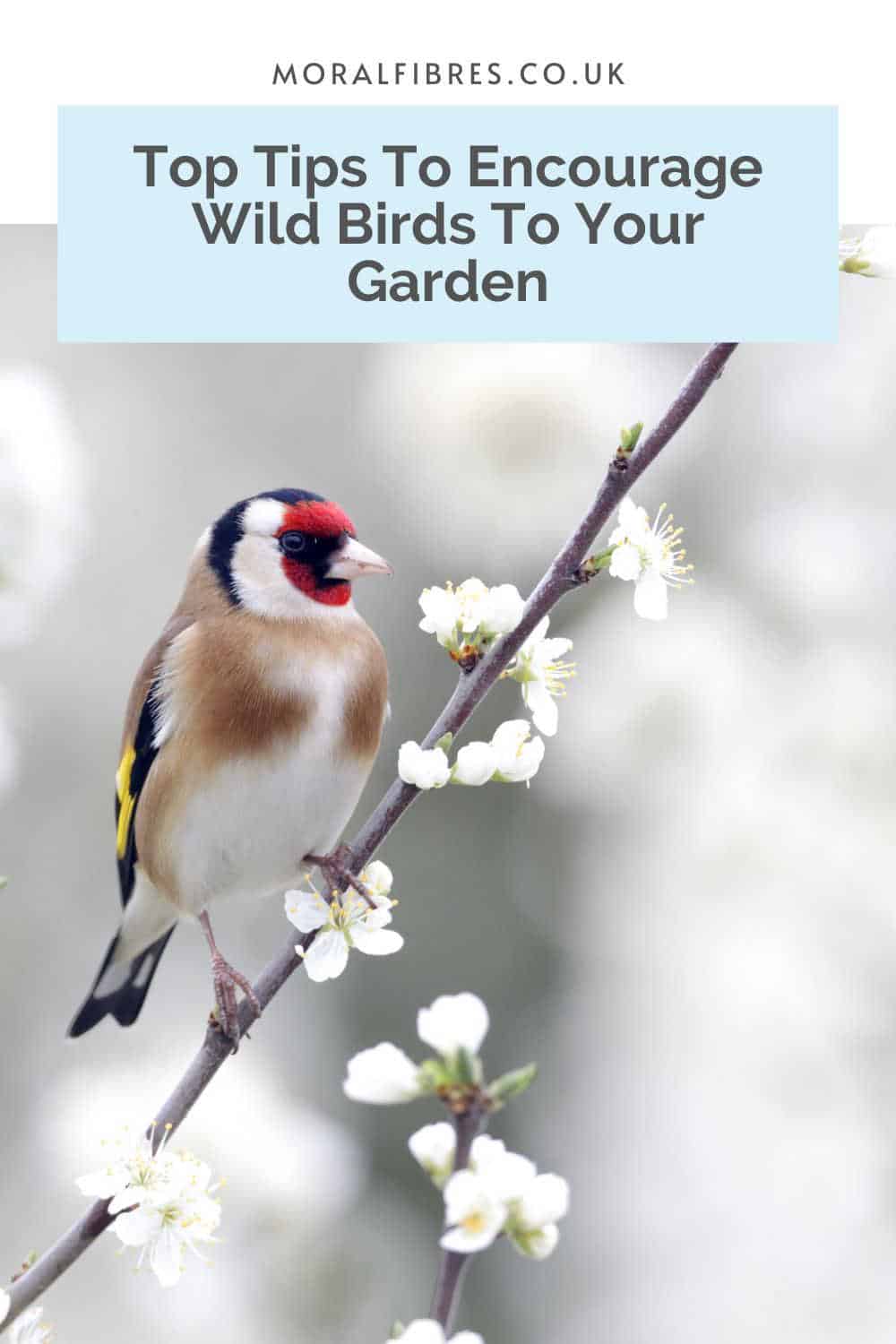
It’s really easy to attract wild birds to your garden. Here are some of my top suggestions:
- Place Bird Feeders
- Provide Water
- Provide Bird-Friendly Planting
- Provide Nesting Spots
- Avoid Pesticides
1. Place Some Bird Feeders
A great way to attract wild birds to your garden is to simply install bird feeders. Birds aren’t all the same though – there are 632 species of birds in the UK alone – all with different preferences. What seed you put out will influence what type of wild birds visit your garden.
- Fat Balls – Fat balls are round cakes of suet that are high in fat and protein. Best placed in your garden in winter, these will give birds the energy to get through the cold months. Do bear in mind that they often come in little net bags. It’s not ideal to hang the balls out in the net bags as birds can get their feet stuck in them. Offering them in a feeder is a safer alternative.
- Njyer Seeds – Finches, including goldfinches and siskins love these tiny seeds. Place them all year round in ground feeders and bird tables.
- Black Sunflower Hearts – Providing a good source of protein and fat, black sunflower hearts are prized by tits, finches, robins and blackbirds, and can be fed all year round. These can be placed in hanging feeders, bird tables and ground feeders.
- Peanuts – Tits, woodpeckers and nuthatches love peanuts placed on hanging feeders. Meanwhile, crushed peanuts placed on ground feeders and bird tables are prized by robins, dunnocks and wrens. Make sure they’re fresh and unsalted, and always offered in a feeder or crushed into small pieces and placed on your bird table. They can pose a choking hazard otherwise. Also, look for peanuts that are certified ‘aflatoxin free’ as this natural toxin can kill birds.
Bird feeders do take a little bit of maintenance though. It’s incredibly important that you regularly give your bird feeders a good clean in warm soapy water. You then need to rinse and dry them well before putting them back out with any food on them. Cleaning them regularly helps minimise the spread of deadly diseases – such as Trichomonosis – that can kill huge swathes of birds.
2. Provide Water
Just like humans, birds need a ready supply of clean water to drink and bathe in.
Birds aren’t fussy though. Whether you invest in a fancy bird bath, or just put a shallow bowl of water out, either option will go a long way in attracting wild birds to your garden.
Just pop your water somewhere shaded, and keep the bowl topped up and the birds will be over the moon. All you need to do is to keep it ice-free in the winter, and regularly keep it clean to help stop the spread of any disease. Thankfully it’s not a tricky task. Here’s everything you need to know about keeping your bird bath clean.
3. Provide Bird Friendly Planting
Wild birds are attracted to gardens that offer shelter, food and nesting sites. This doesn’t mean you have to completely overhaul your garden, you can simply add a few bird-friendly trees or plants.
I’ve found that both ivy and honeysuckle are great at encouraging birds. These dense climbing plants provide much-needed cover, that helps birds feel safe and secure in your garden. Honeysuckle bear fruits that birds like to feast on, whilst both attract insects that provide another good source of food. I’ve found that clematis also helps to provide that cover that birds like.
Other bird-friendly plants include:
- Holly – Providing a great source of food in late winter, these are particularly prized by song thrushes, blackbirds, fieldfares and redwings. Do remember that only female holly plants produce berries. You have to have a male holly plant too to ensure pollination.
- Hawthorn – As well as providing shelter for birds among the spiky branches, haws – the berries that grow on Hawthorn trees – are a top choice for blackbirds, redwings and fieldfares, chaffinches, starlings and greenfinches. The leaves are also munched on by caterpillars, which are fed to baby birds in spring.
- Teasel – This tall plant with spiky seedheads is a rich food source for goldfinches, sparrows and buntings.
- Sunflowers – As well as looking pretty in your garden, the seedheads are prized by finches, long-tailed tits, nuthatches and other seed-eating birds.
- Wildflowers – These look great, plus attract different types of insects that many birds like to munch on.
4. Provide Nesting Spots
Another way to attract wild birds is to provide some nesting spots in your garden.
After all, it’s tiring work being a bird. All that flying, and feeding and preening means little birds can get tired easily. Add in the constant threat of predators, and the ever-present threat of bad weather, and our feathered friends will appreciate all the shelter we can give them.
Unfortunately, bird boxes aren’t universal. Different birds have different nesting requirements. This means different species need different nest box designs. For example:
- Tits and house sparrows nest in ‘closed’ boxes. These types of boxes have a small entrance hole at the top and should be placed up high.
- Robins and wrens, meanwhile, nest in ‘open-fronted’ boxes. As the name suggests, this is where the top half of the box is open. This should be placed low to the ground, surrounded by plants for cover.
- House sparrows nest in loose family groups. This means they prefer several bird boxes placed together up high under the eaves of your house. Alternatively, you can buy a ‘sparrow terrace’, a type of bird box which has three nest boxes in one.
You don’t have to cater to every bird. If you regularly see a particular species in your garden you might want to offer a dedicated home for them to encourage them to visit more often.
Positioning is everything. Find a safe, sheltered spot, away from direct sunlight (north-east facing is ideal, if you can). Make sure the house is secured in an elevated position – most birds (with the exception of Robins and Wrens) don’t like to nest low down.
5. Avoid Pesticides
There’s little point in attracting wild birds if you are using chemicals to kill off the pests that birds feed on. Pesticides also harm birds, either by poisoning them or depleting their food supply. Instead, lay off the chemicals and let birds do all the pest control for you.
Final Thoughts
Once you start feeding the birds you’ll soon have an array of birds in your garden. If you’re not sure how to identify them then I came across this handy bird identifier guide from the RSPB. I have to say the woodpecker is the most elusive – I’ve seen one once!
Do let me know how you get on attracting wild birds to your garden, and let me know which birds you see!
Found this post useful? Please consider buying me a virtual coffee to help support the site’s running costs.

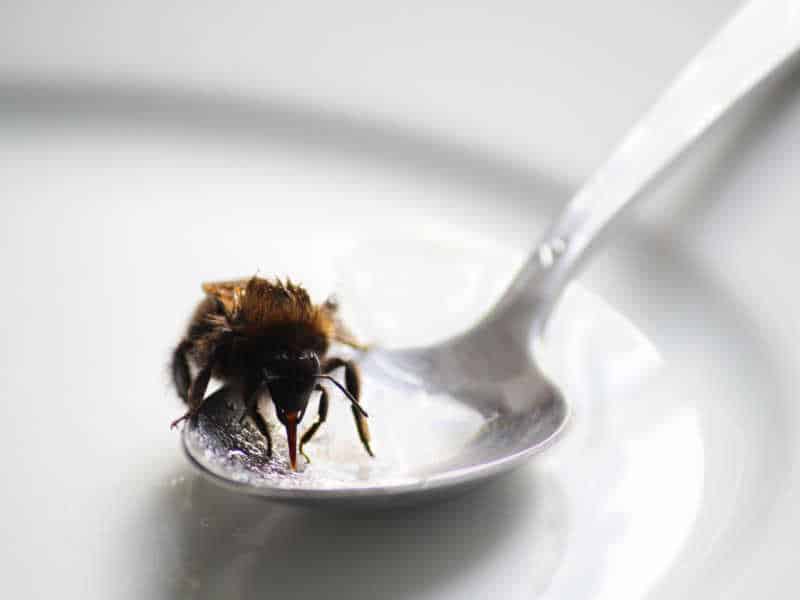
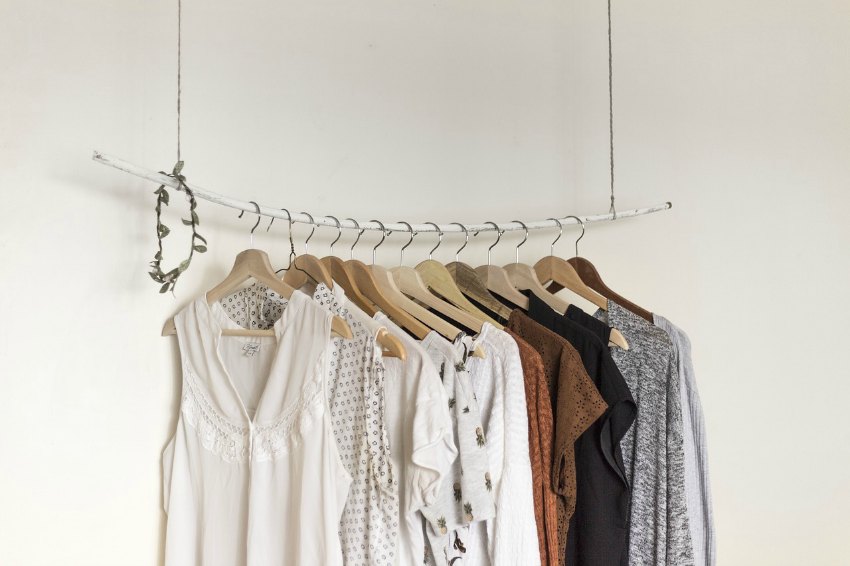
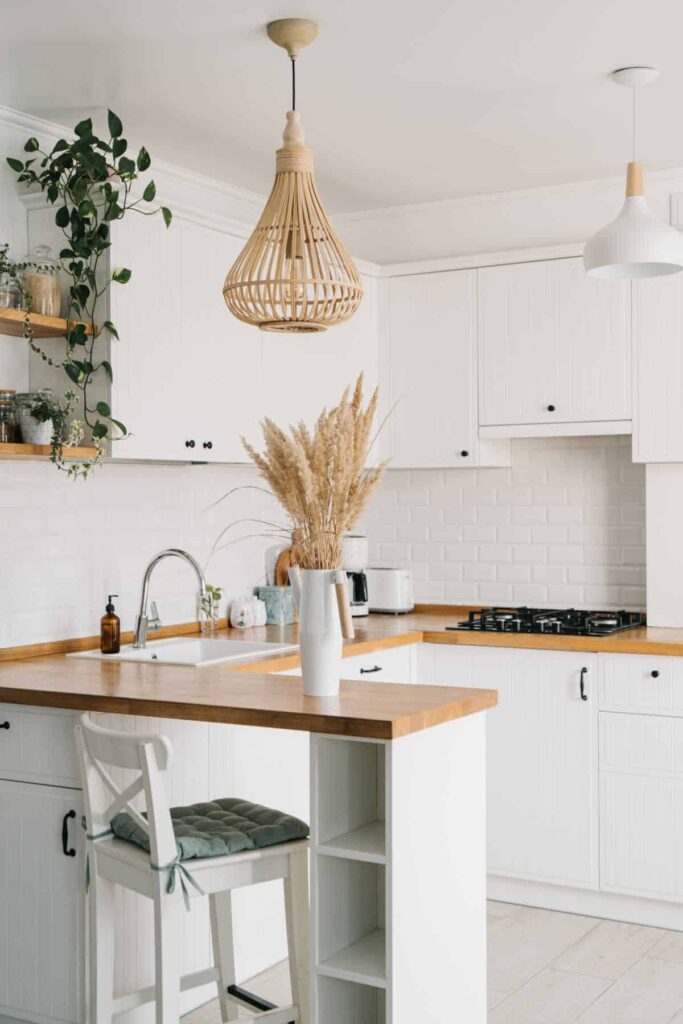
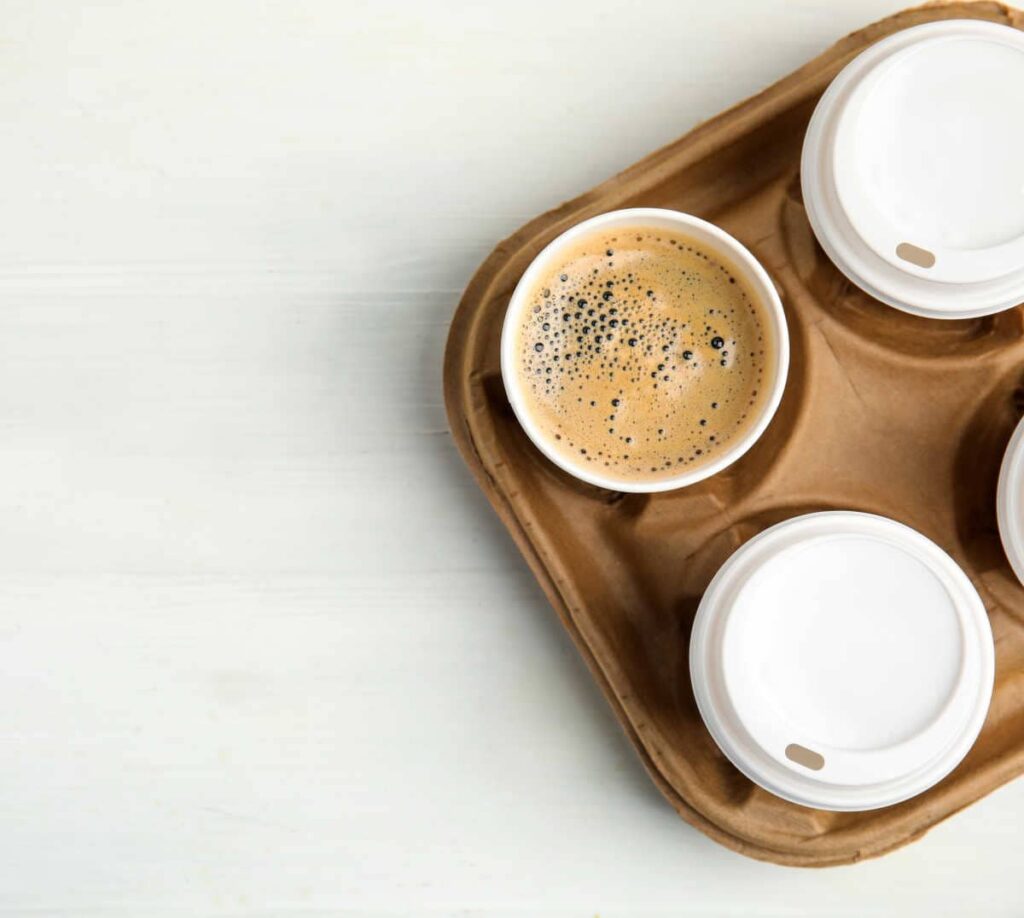
Hi, I noticed you have a link into the GJW Titmuss website on this page. This website has now been redirected to one of 5 websites catering to different pet foods. I think your readers would find it more beneficial if you linked to the new Avian website. You can find this at https://www.littlepeckers.co.uk (yes, we are still giggling at the name as well!).
Thanks
David
Great tips, I love the infographic! Once the birds now that your garden is safe from cats and other predators then they will nest in the bird or nest box. The same bird will come back and nest in the same nest box every year.